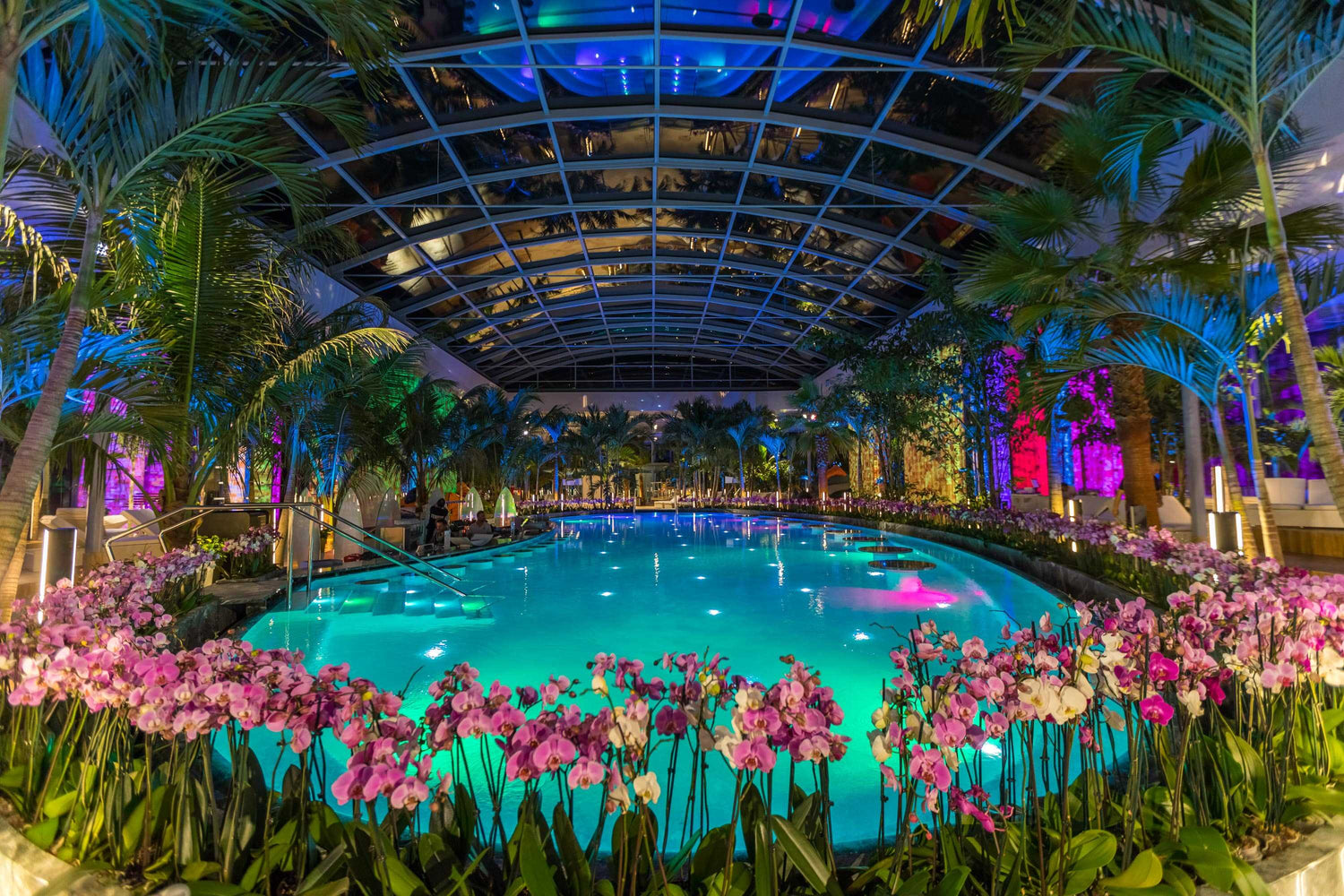Cluj-Napoca to Bucharest
Turn your travel day into a cultural experience by adding carefully selected stops to your itinerary. Along the route between Curtea de Argeș, Sibiu and Turda, you’ll encounter a rich tapestry of Romania’s religious heritage, medieval fortresses, and breathtaking natural wonders.
Optional Sights to Visit on This Trip
Curtea de Argeș Monastery
An architectural jewel and deeply spiritual site, the Curtea de Argeș Monastery was built in the early 16th century in a harmonious Byzantine style with Moorish influences. The cathedral is associated with the powerful legend of Master Manole, whose tragic sacrifice is believed to have sealed the strength of the church. Rich in symbolism and artistry, the monastery serves as a royal necropolis and remains one of the most visited religious landmarks in Romania.

Cozia Monastery
Perched on the right bank of the Olt River, Cozia Monastery dates back to the late 14th century and was built by Mircea the Elder, the grandfather of Vlad the Impaler. Known for its historical, artistic, and spiritual value, the monastery complex includes the main church and two chapels from later centuries. The frescoes and architectural details reflect a unique fusion of Byzantine and Romanian styles.

Cisnădie Fortified Church
Originally built in the 12th century and fortified in the 15th, this Saxon church was designed to protect the local population from invading forces. It features fortified towers, a surrounding double wall, and a moat. The church’s clock tower, standing at 195 feet, houses a functioning mechanism that has been running without repairs since 1868 — a testament to Saxon engineering and resilience.

Sibiu
Once the seat of the Transylvanian Saxons, Sibiu is today one of Romania’s most cherished cultural destinations. Designated European Capital of Culture in 2007, the city boasts a medieval old town with cobblestone alleys, colorful buildings, and open squares such as Piața Mare and Piața Mică. Rich in museums, history, and atmosphere, Sibiu’s unique blend of Romanian and German heritage makes it a must-see.

Alba Iulia Citadel
The star-shaped Alba Carolina Citadel was constructed by the Habsburgs in the 18th century atop Roman and medieval fortifications. It served as a defensive stronghold and administrative center, reflecting the strategic importance of the area. Today, it offers visitors impressive baroque architecture, ceremonial guards, and sweeping views that evoke the spirit of Romania’s national unity.

Turda Salt Mine
Dating back to at least 1271, Turda Salt Mine is one of the most surreal and impressive underground tourist destinations in Europe. Converted into a halotherapy and leisure center in the 1990s, the mine features subterranean lakes, an amphitheater, and even a Ferris wheel. Its therapeutic microclimate and otherworldly caverns make it both a wellness retreat and a visual spectacle. In 2013, Business Insider listed it among the “25 hidden gems around the world that are worth the trek.”

Transform Your Route into a Cultural Experience
Whether you're drawn to religious heritage, fortified architecture, or unique natural wonders, this route offers something extraordinary at every turn. Build a personalized itinerary that turns travel into discovery.
ZigoTravel – Travel. Explore. Remember.








